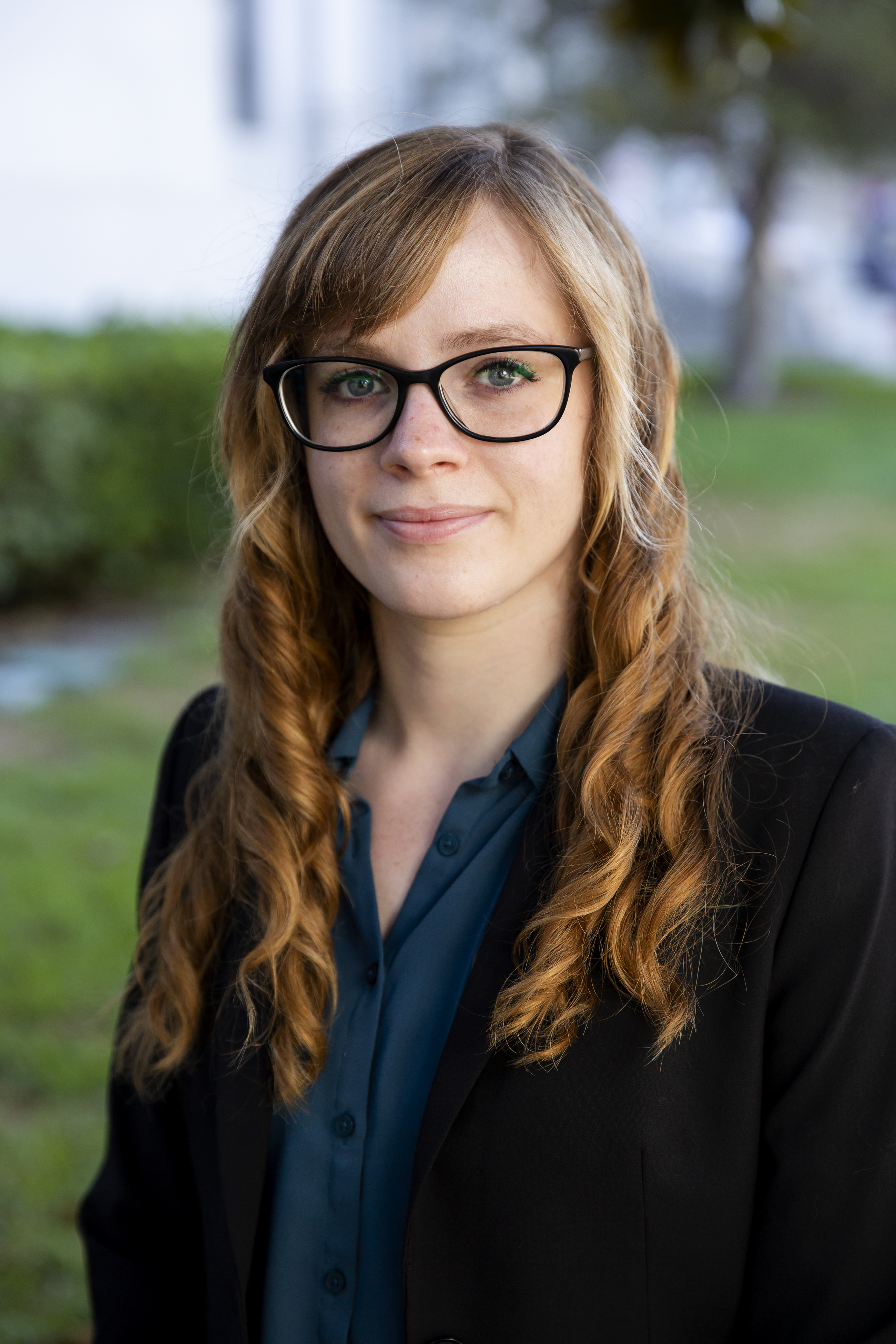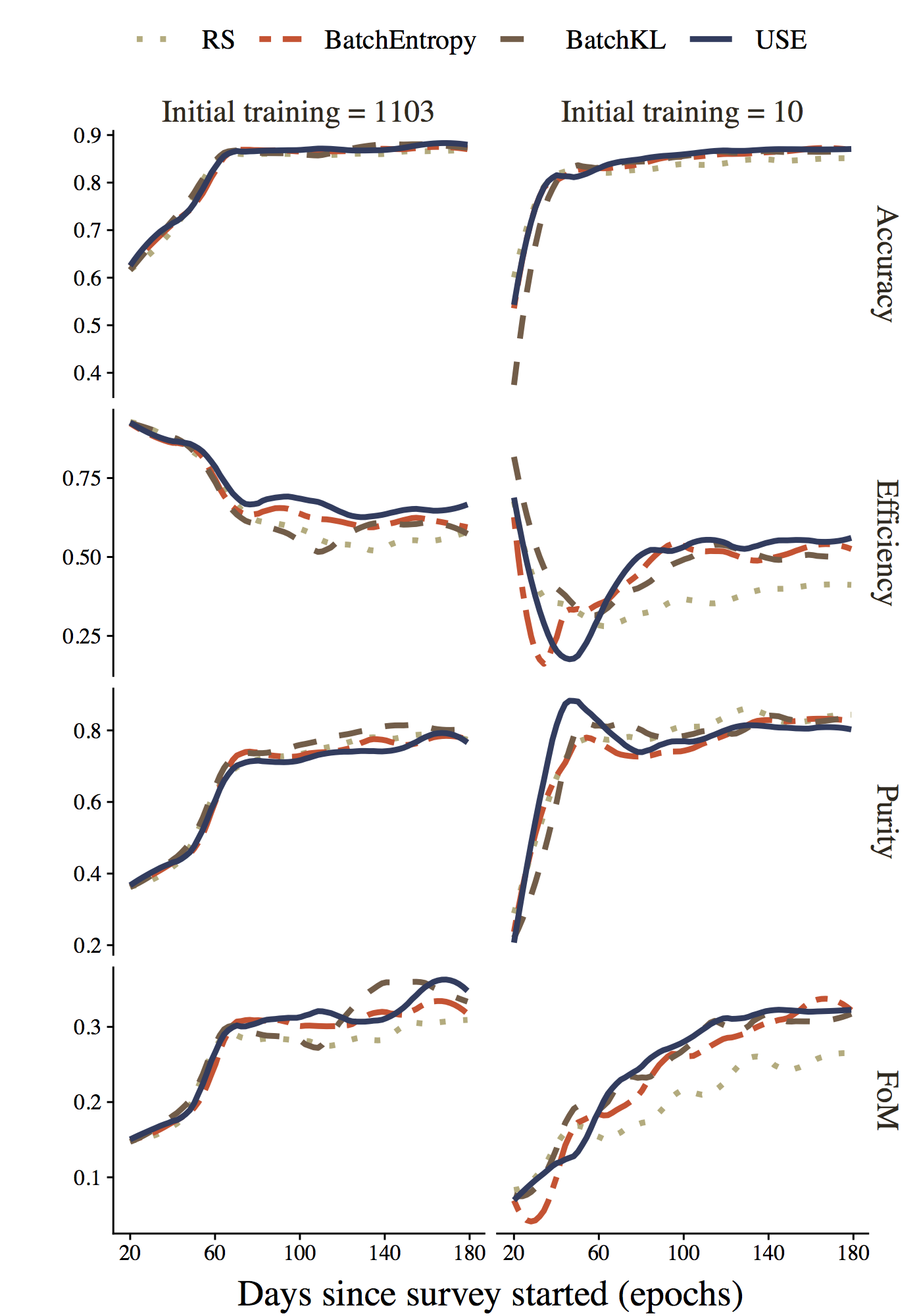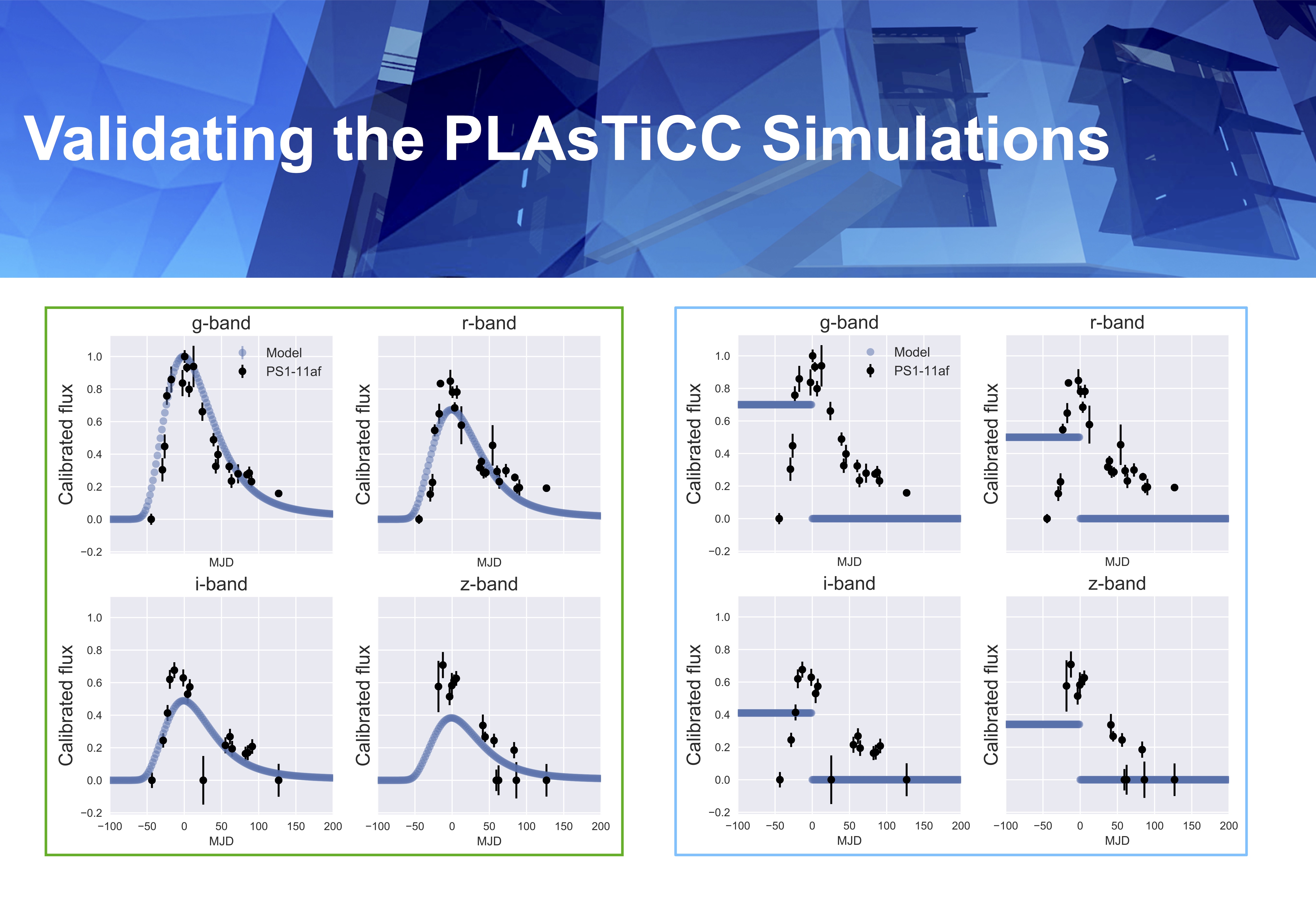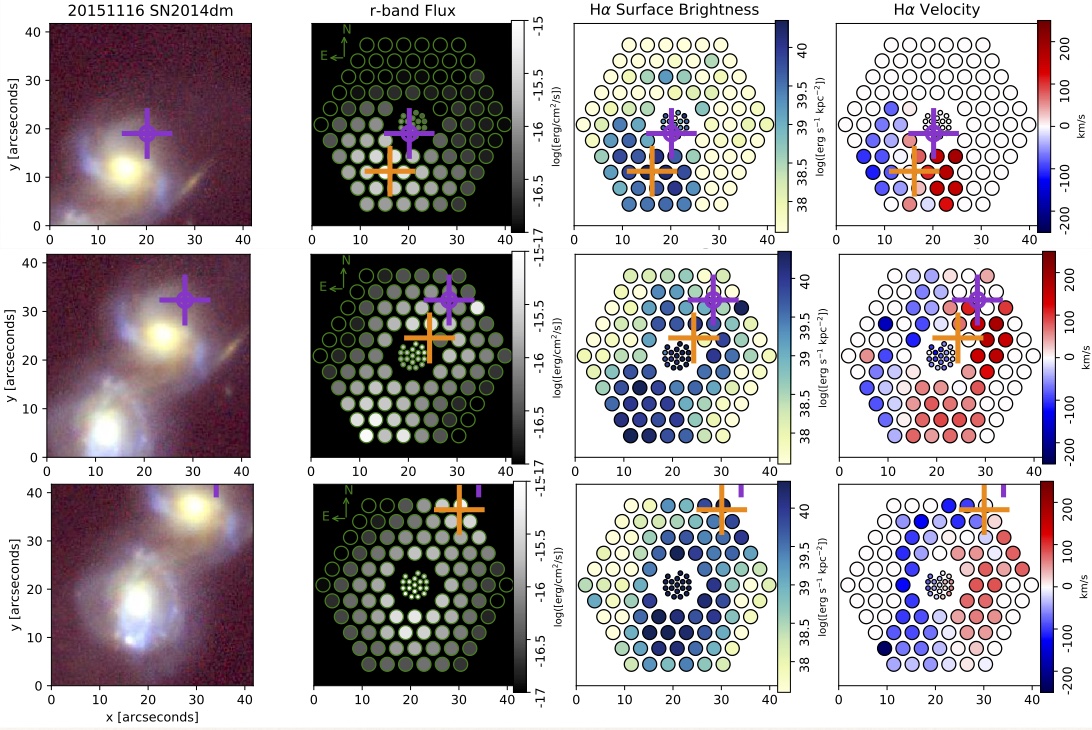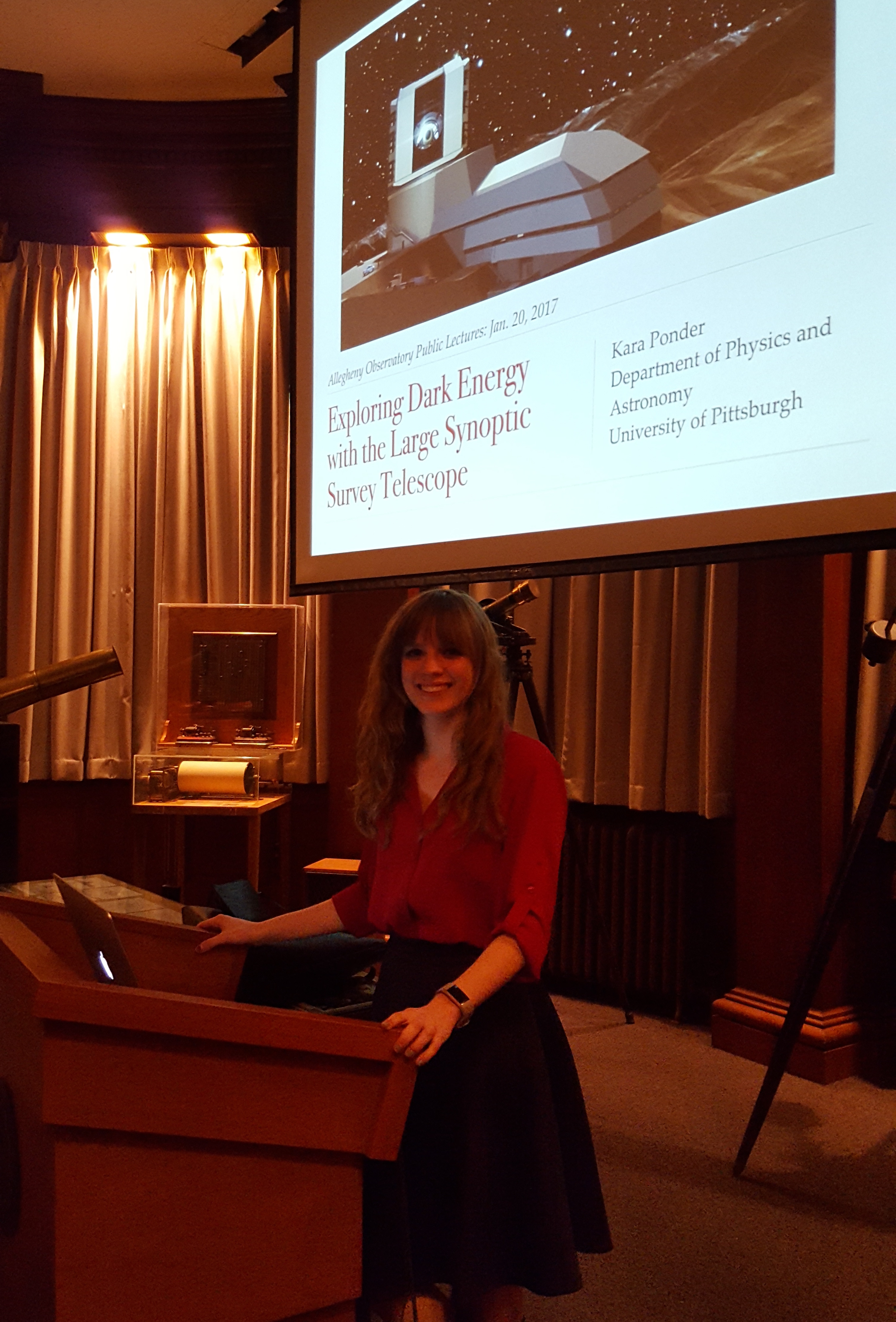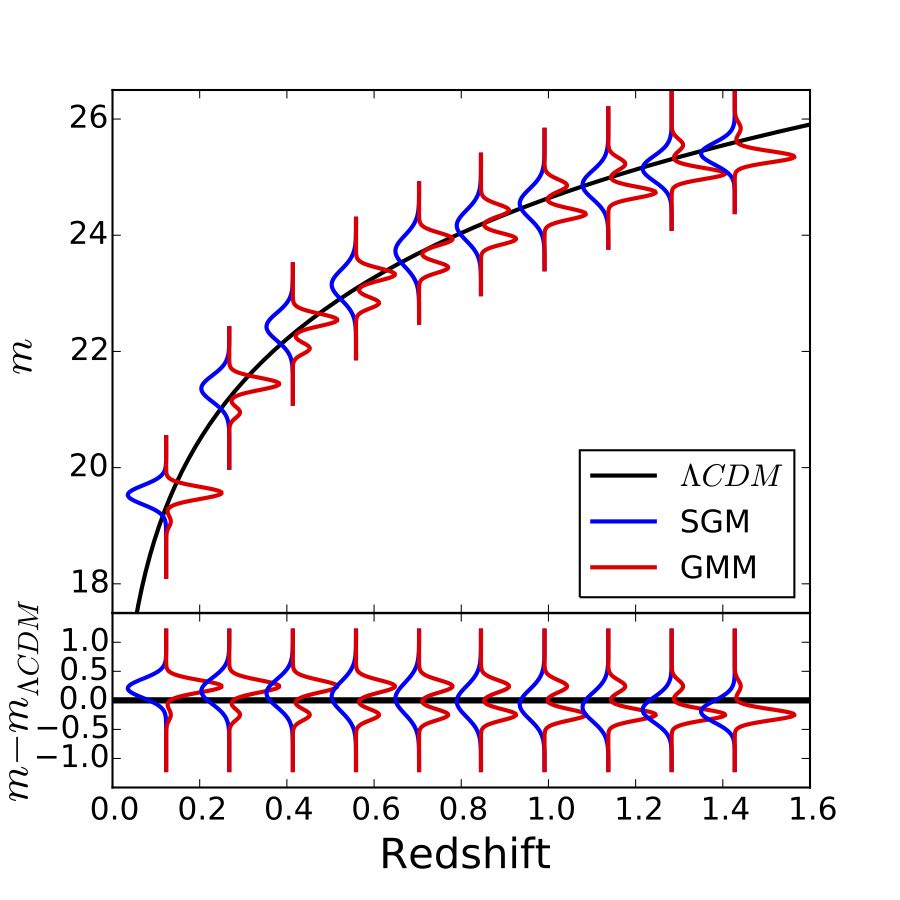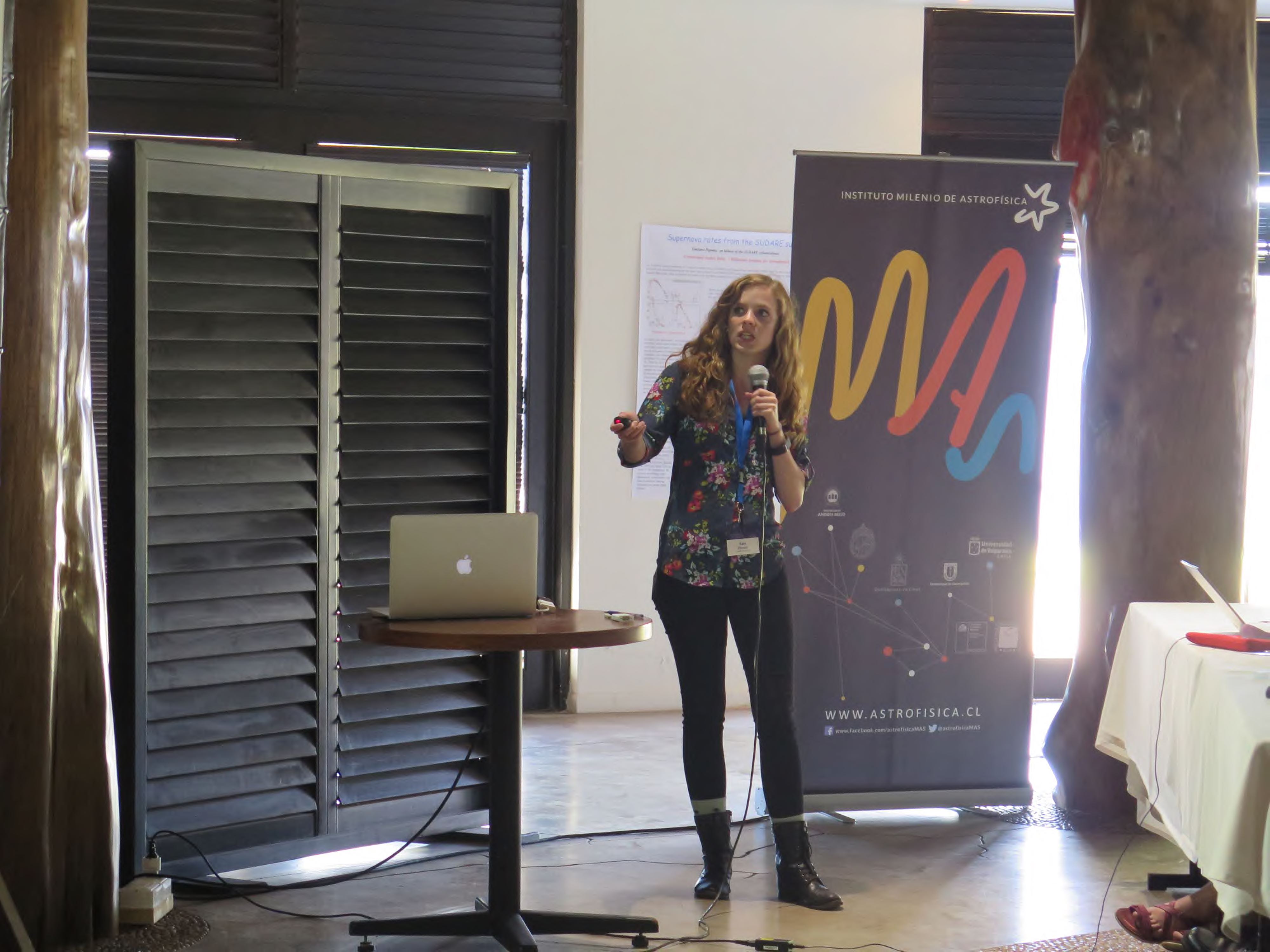
Are Type Ia Supernovae in Restframe H Brighter in More Massive Galaxies?
The Astrophysical Journal, Volume 923, Issue 2, id.197, 34 pp. (2021) . This was my final first author paper. The plot shows the results of exploring correlations between host galaxy properties and supernovae observed in the NIR. We found evidence of a correlation between host galaxy mass and the brightness of the NIR-observed supernovae; however, the statistical significance of these correlations is at the 2-sigma level.
